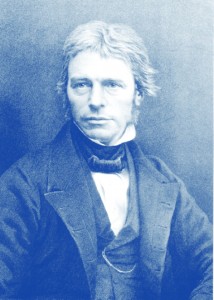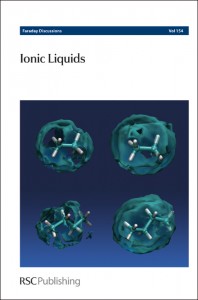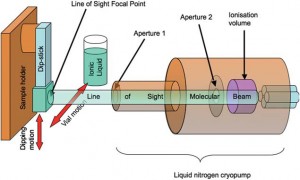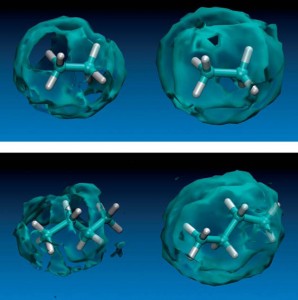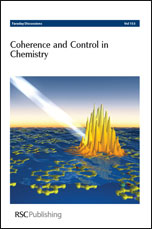 Faraday Discussion 153: Coherence and Control in Chemistry has now been published online.
Faraday Discussion 153: Coherence and Control in Chemistry has now been published online.
Take a look at this exciting volume, which covers the following themes:
- Electronic coherence in biological supramolecular assemblies.
- Non-adiabatic interactions and molecular coherent control.
- Strategies for coherent control.
- Applications of coherent control.
- Strong-field high harmonic generation and alignment control
In the volume you can find all of the papers and fascinating discussion from the conference, which was held in Leeds, UK, in July.
A recommendation from the Chair:
Professor Ben Whitaker (University of Leeds, UK), Chair of Faraday Discussion 153, particularly recommends General Discussion section C because:
“A longstanding result is that coherent control over relative product cross-sections using one-photon excitation should not be possible… However, recent experiments (some of which are presented in this Discussion volume) using phase modulation of weak-field (single photon) excitation demonstrably result in control. The contradiction with previously held belief and its resolution is debated by experts in the field in the General Discussion of this volume.”
To read the discussion about weak/one photon control, click here.
Highlights from the volume include:
Extracting dynamics of excitonic coherences in congested spectra of photosynthetic light harvesting antenna complexes
Justin R. Caram and Gregory S. Engel
Faraday Discuss., 2011, 153, 93-104
Coherent control of vibrational transitions: Discriminating molecules in mixtures
A. C. W. van Rhijn, A. Jafarpour, M. Jurna, H. L. Offerhaus and J. L. Herek
Faraday Discuss., 2011, 153, 227-235
Coherently-controlled two-dimensional spectroscopy: Evidence for phase induced long-lived memory effects
Valentyn I. Prokhorenko, Alexei Halpin and R. J. Dwayne Miller
Faraday Discuss., 2011, 153, 27-39
Coherent control of single molecules at room temperature
Daan Brinks, Richard Hildner, Fernando D. Stefani and Niek F. van Hulst
Faraday Discuss., 2011, 153, 51-60
You can purchase this volume as an individual book through our website.












